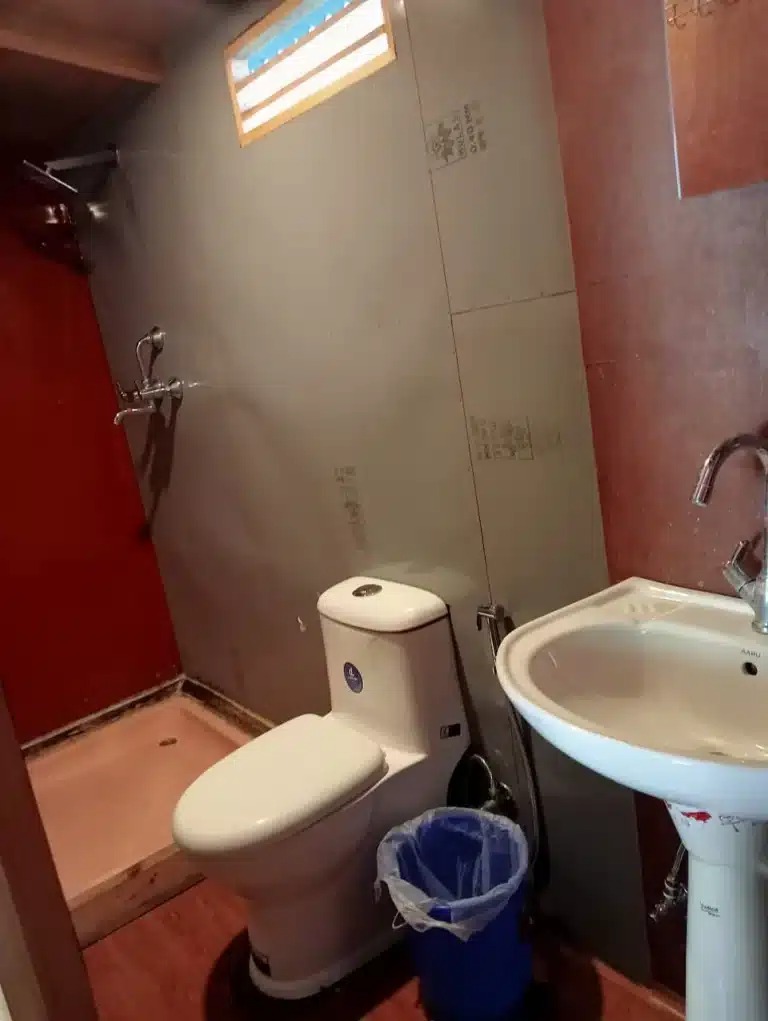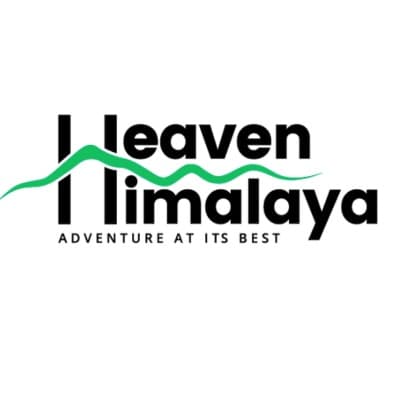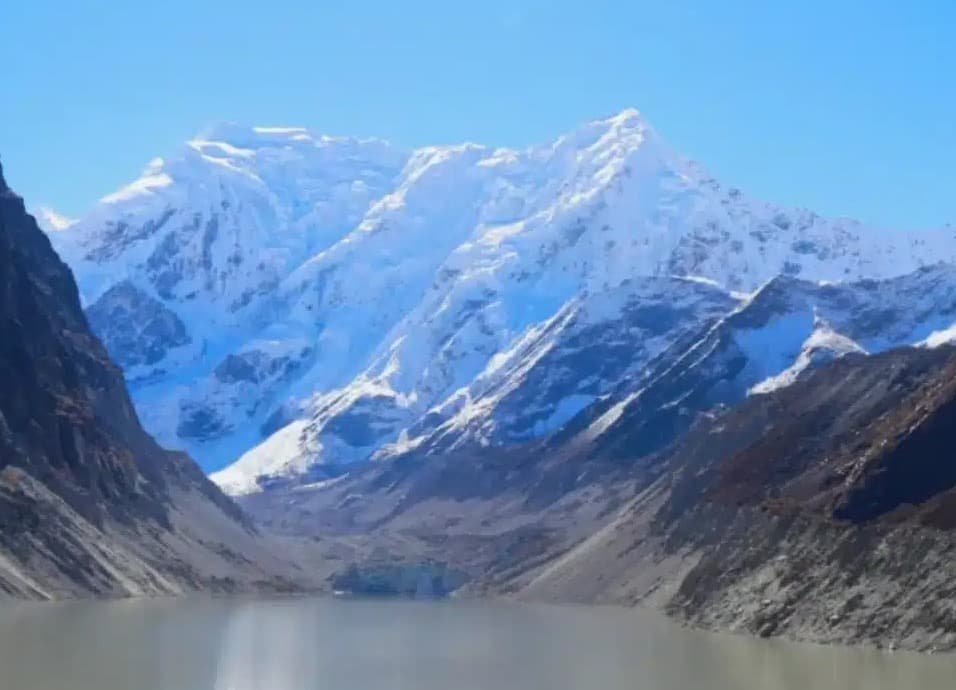When looking for a place to stay while traveling to Everest Base Camp, most people check the toilets or the showers first. It’s because a good, clean bathroom makes for a comfortable stay.
Toilets and bathrooms also play a vital role in the health of people and the environment. Thus, good, clean toilets have been a basic need.
So today we will discuss the toilets, showers, and laundry facilities available along the Everest Base Camp trekking route.
Toilets and bathrooms on an Everest Base Camp Trek

When trekking for a long day, you don’t know when you will have an urgency to use the toilet. Don’t worry; there are enough places in the wild to clear your bladder.
Jokes apart, don’t just run it off in the open places. First, try to find some toilets nearby or visit a teahouse or a village settlement. If there is nowhere that can lead to these places, we leave the decision to you.
As for accommodation, we use wonderful lodges and guesthouses along the route. All the guesthouses will have toilets and shower services. But don’t expect all the bathroom amenities you have in your home.
Here’s a day-to-day breakdown of toilet facilities from Lukla to base camp.
Lukla-Phakding
Starting from Lukla to Phakding, you will not have a problem with toilets in between the hikes. There’s a public toilet in between.
Also, there are some lunch stopovers where you can use their toilet and pay for some rupees. The maximum hour without the facility will be an hour right after you hike down from Lukla village.
Phakding to Namche
Between Phakding and Namche, there are two public toilets in between. Although toilets are available, you won’t find toiletries such as toilet paper or towels. You should carry them with you.
Also, there are lunch stoppers in between, such as Jorsale, Monjo, etc. You can just go into them and ask to use their toilets. The maximum amount of time you will be deprived of toilet facilities is an hour.
Namche to Tengboche
Between Namche and Tengboche, there are no public toilets. However, you will have access to the guesthouse’s toilets for each hour of walks in villages such as Kongde, Kyanjuma, and Phungi Thanga.
However, after Phungi Thanga, you will be deprived of the toilet facility for two hours. You can use the last toilet facility at Phungi Thanga before Tengboche village. There’s a checkpoint where you can use the toilet.
Tengboche to Dingboche
In between Tengboche and Dingboche, there are not any public toilets. But, like other days, you will find a guesthouse or a lunch stopper until Pangboche.
After that, you will not have an established toilet facility until Dingboche village, i.e., two hours from Pangboche.
Dingboche to Lobuche
In between Dingboche and Lobuche village, there are no public toilets. Also, there are no guesthouses until Thukla. From Dingboche, it’s a three-hour hike. You can buy your stuff, like water and other things, and use restrooms only in Thukla after Dingboche.
Likewise, after Thukla Pass, there are no well-established toilets or any guesthouses where you can run in case of an emergency. However, there are some temporary toilet-like stone structures built to pee.
Lobuche to Gorakshep
This is going to be the most challenging day if you have the habit of using restrooms frequently. Like other days, there are not any public toilets in between Lobuche and Gorakshep. For about 3 kilometers, you will not have any toilet or shower facilities. After you reach Gorakshep, you can use them in the guesthouses.
Gorakshep to Everest Base Camp
This is a big day on the entire base camp tour. Gorakshep to EBC doesn’t have any showers or toilet facilities in between.
Near EBC, locals sometimes built temporary washrooms to help travelers along the way. You should use the restroom in Gorakshep and you will get a chance to do so in Gorakshep itself after you come back from the base camp. Usually, it takes 4-5 hours to go to base camp and come back.
Gorakshep to Kala Patthar
There are neither guesthouses in between nor any public toilets. For approximately three hours, you will not have any such facility available.
Recall that the Everest region is still a remote area. Hence, it’s always a good idea to bring toilet paper, wipes, and sanitizer. Besides, some other toiletries you may pack are a toothbrush and toothpaste, dry facial wash soap and shampoo, tissues or wet wipes, and a quick-dry towel.
Most of the guesthouses along the EBC Trek route above 4000 m have squat toilets. Conversely, at low altitudes, i.e. up to Dingboche, you can also find western commodes.
Squat toilets are completely different toilets. It can be an unfamiliar experience for you if you haven’t known about it before. You have to be in the squat position rather than sitting to use it.
Most such toilets require manual flushing and have a water bucket to wash. If you are uncomfortable, you can use toilet paper.
Squat Toilet Tips for an Everest Trek
Those who haven’t been to the areas where squat toilets are preferred to commodes may be unfamiliar with the methods of their use. So, here are a few tips on using squat toilets.
- Sit in a squat position, hugging your knee.
- First, pour some water from the bucket onto the toilet surface to make it clean.
- When you are ready to squat, empty your pants pockets to prevent things from falling into the toilet hole. Also, keeping items like keys, purses, and mobile phones in your pants pockets will make you uncomfortable while squatting. It gives the sensation of a pinch. Thus, it’s better not to carry these when you are going to use the squat toilets.
- Make sure your legs are on the two sides of the toilet and you are closer to the hole.
- Always bring toilet paper to clean it off. Also, the wet wipes will work fine. After using them, place them in the main hood and fill a bucket with water.
Here’s an article by WikiHow on how you can use squat toilets.
Are there laundry services on the Everest Base Camp Route?
Along the Everest hiking route, you can only find laundry services in Namche Bazaar. There are washhouses in Namche. If you have limited clothes and they are awfully dirty, then you can use the laundry service in Namche.
Also, every teahouse has a sink. If it’s just the small gear you need to wash, then you can use the sink to wash it off. The water is freezing. So, remember to protect your skin, too.
Always carry enough trekking gear. Clothes stink fast because of the sweat. But if you have enough, you can change them at regular intervals.
Are there shower facilities on the Everest Base Camp trek?
Yes, there’s a shower facility in every guesthouse along the Everest Base Camp route. We use hot showers in Lukla, Namche, and Phakding at the same cost as the budget trip. There’s a private shower in attached bathrooms, but will have common bathrooms for other rooms.
But, above Namche, you need to pay if you need to use the hot showers. The guesthouses don’t provide them with a room; they will charge you an extra fee for using the hot showers. But with our luxury trip, we include hot showers in the trek package.
There are gas showers everywhere, as there’s no proper electricity. You can use the gas showers anytime at a certain price. Yet, in the peak seasons, when the guesthouses are full, you may have to compromise a bit.
To wash your hands and legs, you can use tap water. You can find taps in each guesthouse where we spend a night. Still, the tap water sometimes freezes because of the extreme cold, like in Gorakshep village.
Because of the cold, it’s not possible to bathe or wash daily, as it increases the chance of getting a cold. So, we recommend you bring wet wipes and dry shampoo to make yourself look clean without bathing on an Everest Base Camp Trek.
In the end,
Do not have high expectations for the Everest Base Camp Trek’s toilet and shower facilities.
The Everest region is a remote section of the Himalayas. The area still doesn’t have road access, and it’s very difficult to carry items to the top. Above 4000 m, there are no good electricity facilities. The region is freezing. They face dozens of challenges like this.
Although the locals try their best to provide excellent bathroom facilities for travelers, you may get disheartened if you come up with high expectations of a luxury lifestyle. The case is the same for all Mt. Everest Tours in the region.










